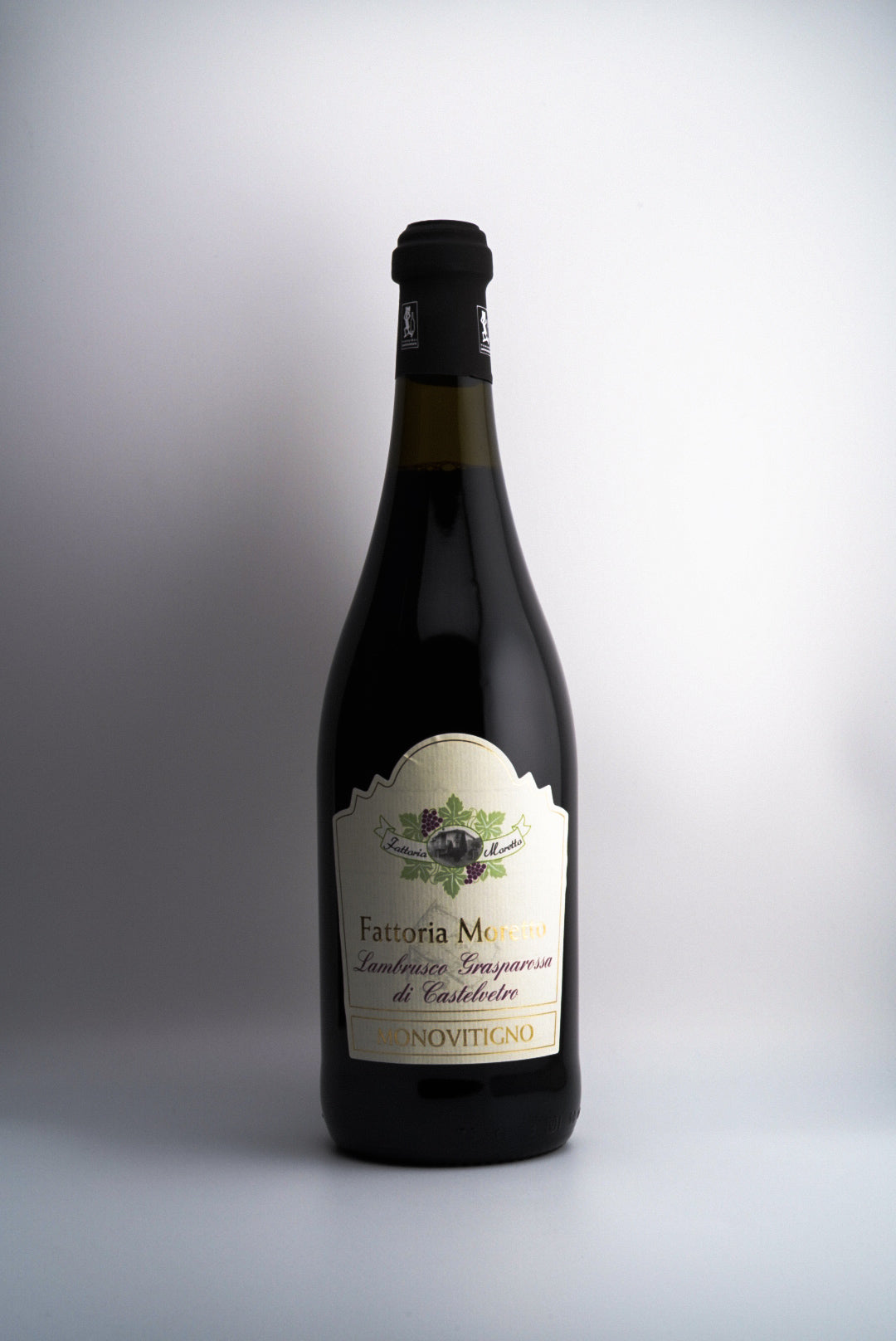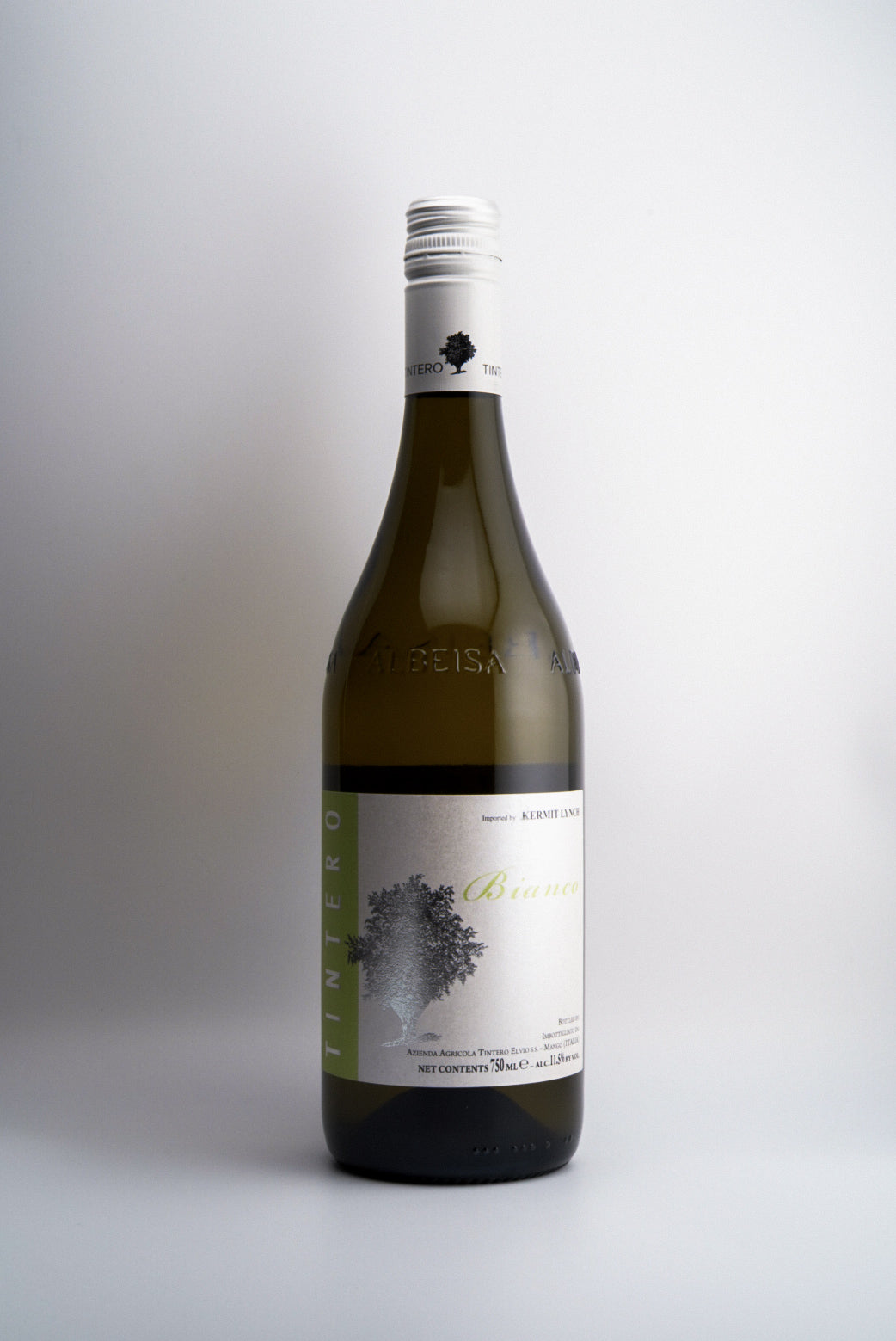The Rise of Orange Wine
The Origins of Orange Wine
The roots of orange wine can be traced back thousands of years to the Caucasus region, which straddles Eastern Europe and Western Asia. In this area, which includes modern-day Georgia, Armenia, and parts of Iran and Turkey, winemaking has been an integral part of the culture for millennia. The ancient Georgians were pioneers in the art of skin-contact white wine, a technique that would eventually give rise to the orange wine we know today.
In the traditional Georgian method, white grape varieties such as Rkatsiteli and Kisi are fermented with their skins and seeds still intact. This prolonged contact with the grape solids imparts a distinctive amber or "orange" hue to the wine, as well as a remarkable depth of flavor, tannin structure, and aromatic complexity. The resulting wines were often aged for extended periods in qvevri - large, egg-shaped clay vessels buried underground - further developing their unique characteristics.
This ancient winemaking approach, passed down through generations, stood in stark contrast to the more widespread European tradition of quickly pressing white grapes and fermenting the juice separately from the skins. The Georgians, however, embraced the potential of skin contact, creating a wine style that was both unique and deeply rooted in their cultural heritage.
As the centuries passed, the tradition of orange wine-making slowly spread beyond the Caucasus, finding its way to other regions of the world. While the techniques and grape varieties may have evolved, the essential philosophy of allowing white grapes to macerate with their skins remained the guiding principle.
The Modern Revival of Orange Wine
In the late 20th and early 21st centuries, a renewed interest in traditional, artisanal winemaking helped spur a global renaissance of orange wine. Winemakers from Italy, Slovenia, Austria, and beyond began to rediscover the potential of this ancient technique, experimenting with different grape varieties, fermentation methods, and aging regimes to create a diverse range of orange wine styles.
One of the key drivers of this revival was a new generation of adventurous wine drinkers, eager to explore alternative and unconventional styles. As the popularity of natural, organic, and biodynamic wines grew, so too did the appreciation for the unique flavors and textures of orange wine. Consumers were captivated by the wine's complex aromas, ranging from stone fruits and citrus to more savory notes of herbs, spices, and even tea.
Moreover, the visual appeal of orange wine, with its striking hues ranging from pale amber to deep copper, has also contributed to its rising popularity. These vibrant colors, a result of the extended skin contact, have made orange wine a darling of the Instagram age, with wine lovers and influencers sharing stunning images of these visually striking libations.
The Production of Orange Wine
The production of orange wine, while rooted in ancient traditions, has also evolved to incorporate modern winemaking techniques and equipment. However, the core principles of the process remain the same: extended skin contact and slow, gentle extraction of compounds from the grape solids.
The winemaking journey begins with the careful selection of white grape varieties, often those with thick skins and high levels of phenolic compounds, such as Trebbiano, Friulano, or Pinot Grigio. These grapes are typically harvested at optimal ripeness, with a balance of acidity and sugar levels that will contribute to the final wine's character.
Upon arrival at the winery, the grapes are often destemmed but left whole, preserving the integrity of the skins and seeds. They are then placed in open-top fermentation vessels, where they undergo a period of skin contact that can range from a few days to several months, depending on the desired style.
During this maceration phase, the winemaker carefully monitors the extraction of tannins, flavors, and aromas from the grape solids. Gentle punch-downs or pump-overs may be employed to ensure even extraction and prevent the formation of unwanted compounds. The temperature of the fermentation is also closely regulated, as warmer temperatures can lead to more rapid and aggressive extraction.
Once the desired level of skin contact has been achieved, the wine is gently pressed, separating the liquid from the skins and seeds. The resulting orange-hued juice is then transferred to a range of vessels for the fermentation and aging process, which can include traditional qvevri, large neutral oak barrels, or even stainless steel tanks.
Depending on the winemaker's vision, the orange wine may undergo a full or partial malolactic fermentation, which can soften the wine's acidity and contribute to its distinct mouthfeel. Some producers may also choose to age the wine on its lees, imparting additional complexity and texture.
The final stage of the orange wine journey involves careful bottling and, often, an extended period of bottle aging. This allows the wine's flavors and aromas to further develop and integrate, creating a truly unique and captivating drinking experience.
Discovering the Diversity of Orange Wine
As the orange wine movement continues to gain momentum, wine enthusiasts are being treated to an ever-expanding array of styles and expressions. From the bold, tannic, and structured wines of Georgia to the more delicate, floral, and fruit-forward offerings of Italy and Slovenia, each region and producer brings their own interpretation of this ancient winemaking tradition.
Whether you're a seasoned wine connoisseur or a curious newcomer, exploring the world of orange wine promises to be a delightful and enlightening journey. With its rich history, diverse flavors, and captivating visual appeal, orange wine has solidified its place as a true innovator in the ever-evolving landscape of the wine industry.
So, raise a glass to the ancient winemakers of the Caucasus and the modern visionaries who have revived the art of orange wine. Discover the depth and complexity that this unique style has to offer, and embark on a sensory adventure that will forever change the way you think about white wine.
Wine 101

Holiday Pairing Guide — 10 Essentials Thanksgiving Wine Pairing Guide: 10 Wines for a Delicious Feast Thanksgiving is our favorite kind of chaos: a table full of savory, sweet, crunchy, and creamy — all at...
Read more →Latest articles

Wine Education · Opinion Don’t Fear Non-Vintage: The Case for Blending Across Seasons We expect wine to behave like a time capsule. One year, frozen in glass. But a single season can be cruel or kind, and ...

What's Below: BBQ & Grilling Perfect Red Wines Meat & Wine Matches Veggie Grill Wines Pool Party Essentials Crisp White Wines Rosé All Day Sparkling Options Party Planning Ho...

What's Below: European Gems Slovenia's Hidden Tuscany Austria's White Wine Wonderland Spain's High-Altitude Surprise New World Discoveries Mexico's Wine Revolution Brazil's Italian Influ...

We've paired every single Trader Joe's cheese with the perfect wine. Your next cheese board is about to get very, very good. The Ultimate Trader Joe's Cheese & Wine Pairing Guide Look, Trader Joe...

"Liberté, égalité, fraternité" The key to great Bastille Day wine pairing is choosing authentic French wines that complement traditional French foods without overpowering them. Rich cheeses, herb-crus...

What wine should you have on 4th of July? These (All American) ones!

"Wine was never trying to be cool. And thank goodness for that." Every few months, another think piece declares wine dead. "Gen Z has killed wine." "Hard seltzers are the new wine." "Why wine isn't cool...

What's Below: The Foundation Introduction The Absolute Reality Real Shopping Experience Digital & Psychological The iPhone Test Psychology of Enhancement Addressing the Purists ...

Image source: Valentina Vineyards. San Diego's top source of organically farmed wine grapes. San Diego County boasts over 172 active wineries and vineyards across diverse microclimates, from coastal va...

Italy boasts a rich tapestry of wine regions, each with its unique terroir, indigenous grape varieties, and winemaking traditions. Join us on a journey through all 20 Italian administrative regions, from int...

The journey of wine grapes from vineyard to bottle is a fascinating process guided by both science and tradition. Let's explore how vignerons determine the perfect moment to pick their grapes for optima...

Easter Wine Pairings That Won't Disappoint Easter is hopping our way, and whether you're hosting an elegant brunch or a family feast, the right wine can transform your gathering from merely memorabl...

Explore Sherry: Spain's Ancient Fortified Treasure Source: Consejo Regulador de los Vinos de Jerez y Manzanilla. If you are trying to get an excellent academic understanding of Sherry, its various styl...

Explore Washington State Wine Source: Washington State Wine Commission. If you are trying to get an excellent academic understanding of Washington State, its various wine regions, and its role within t...

















